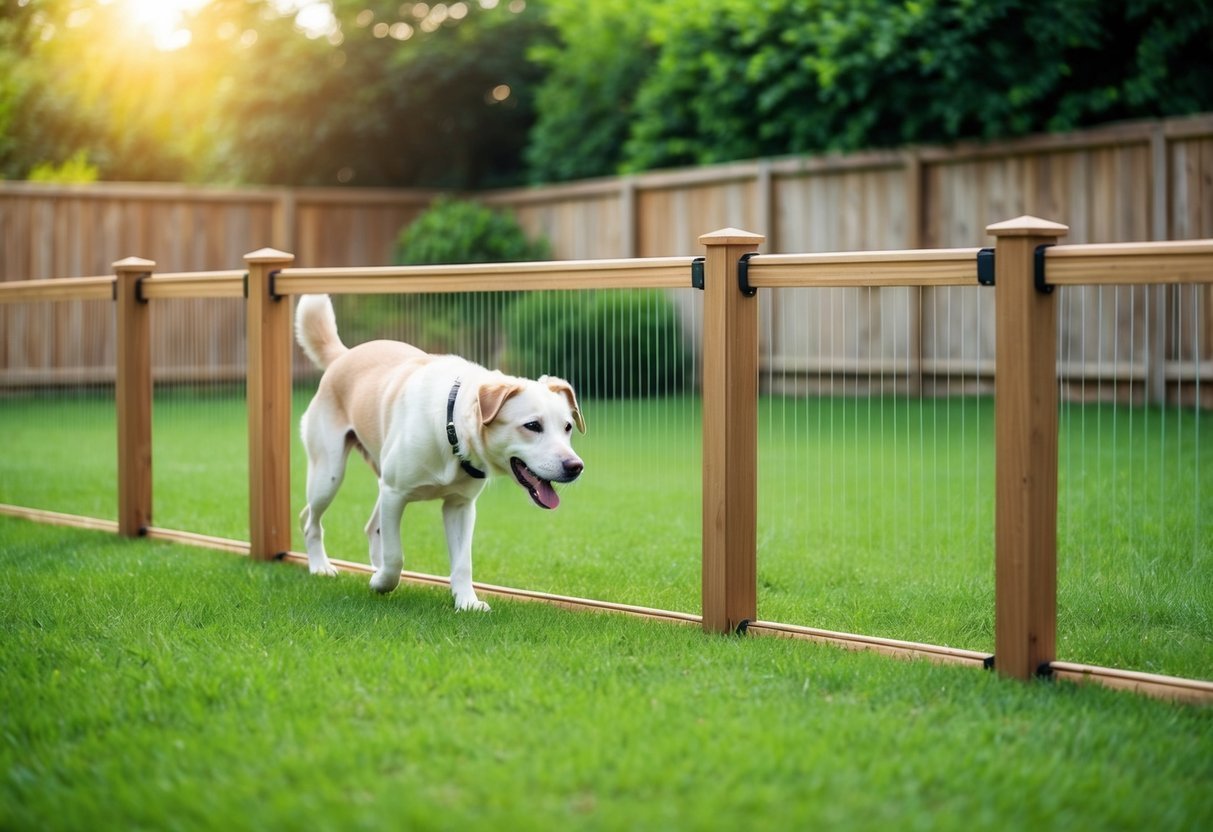An invisible fence can be a great solution for keeping your dog safe and happy at home.
Installing the perfect invisible fence ensures your pet has boundaries while enjoying the freedom to roam.
With the right tips, you can create a secure environment that both you and your furry friend will appreciate.
Knowing how to install an invisible fence properly can make all the difference in its effectiveness.
You want a reliable system that keeps your pet safe while minimizing any potential issues.
In this article, you will discover five essential tips to help you achieve a successful installation.
1) Check local zoning laws
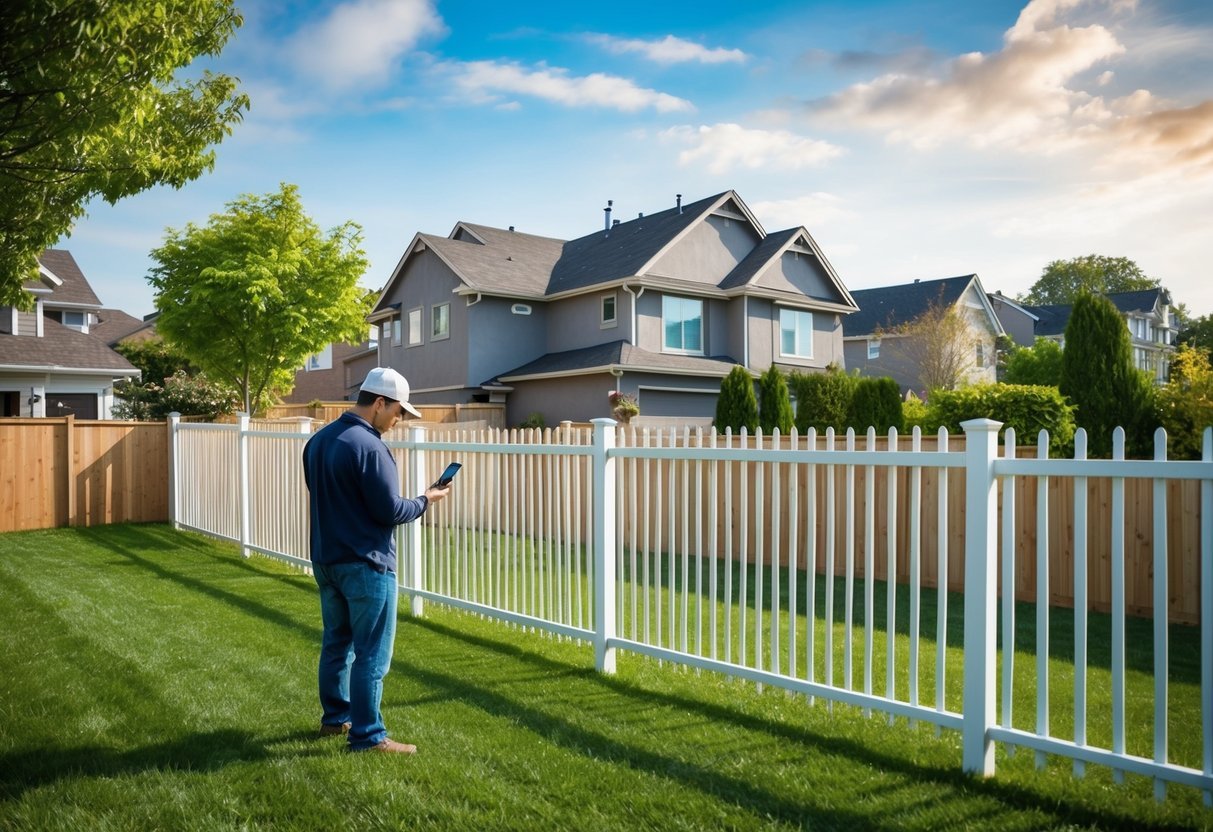
Before you install an invisible fence, it’s important to check your local zoning laws.
Each area may have different rules that affect where and how you can set up your fence.
Zoning laws can tell you about the required distances from property lines.
You want to avoid potential disputes with your neighbors.
This can save you a lot of hassle later.
Make sure to research any permits needed for installation.
Some towns might require permits for underground fencing.
It’s better to know in advance than face fines later.
Also, consider any restrictions specific to your neighborhood.
Some homeowner associations have rules about invisible fences that you need to follow.
By learning about these regulations first, you ensure a smooth installation process for your invisible fence.
Measure perimeter accurately
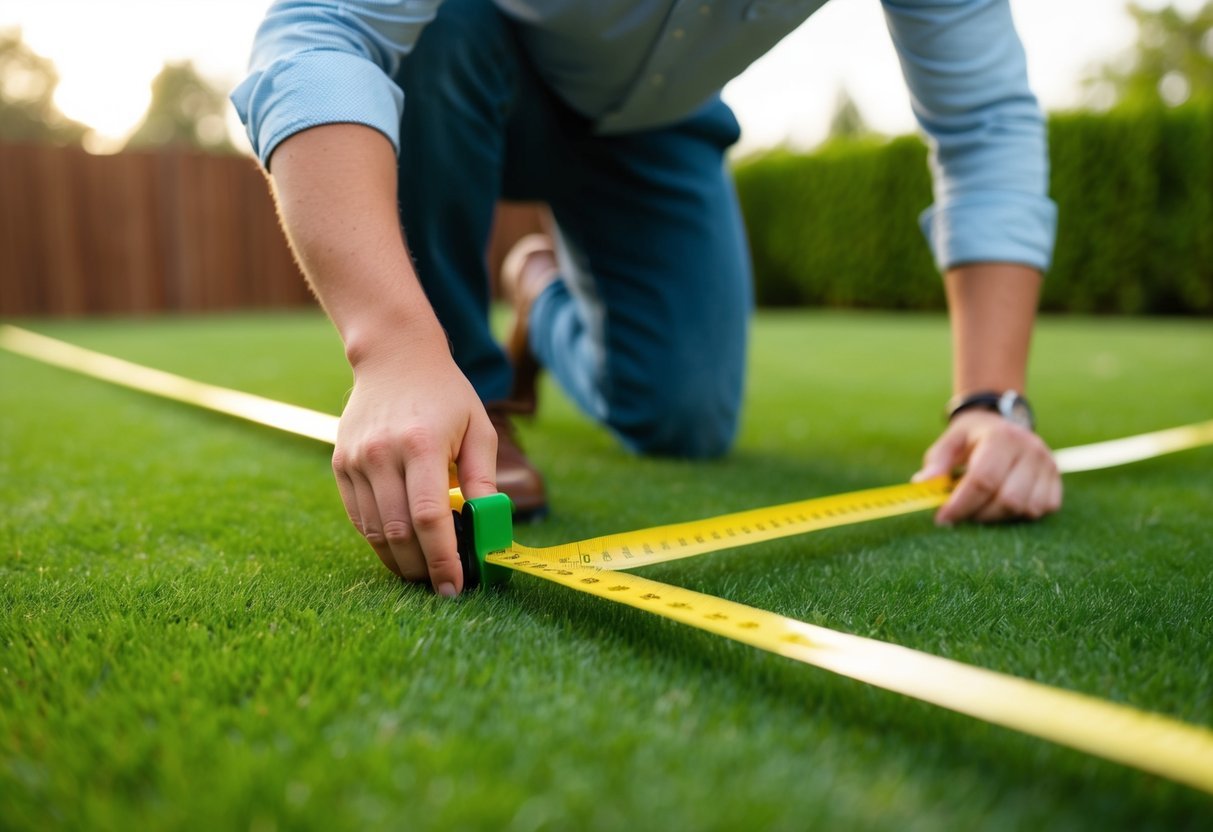
Measuring your yard’s perimeter is a crucial step in installing an invisible fence.
Start by walking around your property with a measuring tape.
This will help you determine how much wire you will need for the installation.
Be sure to note any obstacles like trees, flower beds, or sheds.
These will affect how you configure the fence.
If you include these areas in your measurements, it helps in planning the layout better.
Use a methodical approach.
Measure in straight lines and keep a record of each section.
Once you have your total, you can plan your wire accordingly.
Check local regulations too.
Sometimes, you may need to stay clear of property lines or certain structures.
This ensures you won’t run into issues later.
By measuring accurately, you avoid wasted materials and unexpected costs.
After all, a well-planned fence makes for a happy and safe space for your dog.
Choose the right wire gauge

Choosing the right wire gauge for your invisible fence is key.
The gauge affects how well your system works.
For most invisible fence systems, a 14-gauge wire is a popular choice.
It strikes a good balance between durability and flexibility.
You want something that will withstand the elements but remain easy to install.
Consider going for a solid core wire if you want better signal transmission.
It’s more durable and performs well over long distances.
Stranded core wire is another option, but it might not be as tough.
Before you buy, think about your budget.
Prices vary, so setting a budget helps you find the right option for your needs.
The gauge of wire used can impact the safety of your pets as well.
Thinner wires can be easier to install but might not hold up under pressure, especially with larger dogs.
Make sure to choose a gauge that fits your dog’s size and energy level to prevent escapes.
4) Test System Before Burying
Before you bury the wire, it’s crucial to test the system.
This step ensures everything is working correctly.
Set the collar to beep-only mode.
Walk around the boundary of your yard with the collar.
Listen for the beep to confirm it activates properly.
If the collar doesn’t beep, check the wiring and connections.
You may need to adjust the boundary width on the transmitter for better coverage.
Testing now can save you time later.
If something is wrong, you can fix it before it’s buried and hard to access.
Make sure your dog responds to the collar’s signals.
This helps ensure that your furry friend stays safe and understands the boundaries you’ve set.
5) Prioritize training your pet
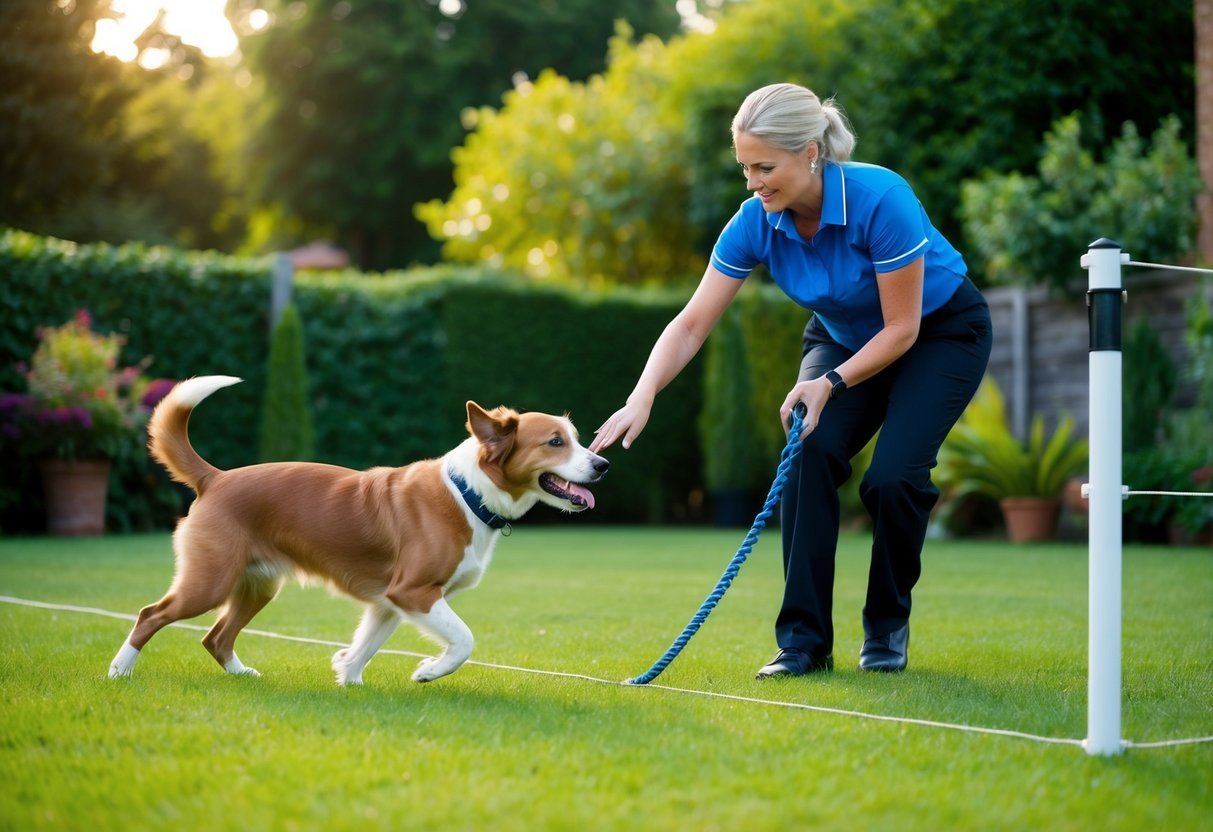
Training your pet on an invisible fence is crucial for their safety and comfort.
Start by introducing your dog to the fence area without any pressure.
Let them explore and get used to the environment.
Use positive reinforcement like treats and praise when they respond well to the signals.
This encourages them to learn without fear.
You can begin with a low-level setting on their collar.
Make sure to follow a consistent training schedule.
Repetition helps your dog understand the boundaries clearly.
If you rush the process, it can lead to confusion and anxiety for your pet.
Keep sessions short and positive.
Dogs have short attention spans, so multiple brief sessions work better than one long session.
Monitor your dog closely during training to ensure they are comfortable.
If they seem scared or frustrated, take a step back and adjust your approach.
The goal is for your pet to enjoy their outdoor space safely.
Choosing the Right Type of Invisible Fence

When it comes to keeping your dog safe within your yard, choosing the right type of invisible fence is essential.
You’ll need to consider factors like the layout of your property and the needs of your pet.
Wireless vs. In-Ground Systems
Wireless invisible fences are easy to set up and require minimal installation.
They create a circular boundary around a central transmitter.
If you move, it’s a breeze to relocate.
However, they might not work well on irregularly shaped yards or large areas.
In contrast, in-ground systems use buried wires to define a more customizable perimeter.
These systems are ideal for larger or oddly shaped yards.
Installation is a bit more complex and usually requires digging, but they offer stronger, more reliable performance.
Factors to Consider for Your Pet
Think about your dog’s size, temperament, and how they respond to training.
Some collars offer adjustable levels of correction, which can help you find the right fit for your pet’s personality.
If you have multiple pets, check if the system can accommodate more than one collar.
Also, consider how well your dog responds to boundaries.
Dogs that are more stubborn may need a system that offers stronger stimulation.
Always ensure any fence you choose includes proper training resources for effective use.
Understanding Installation Requirements
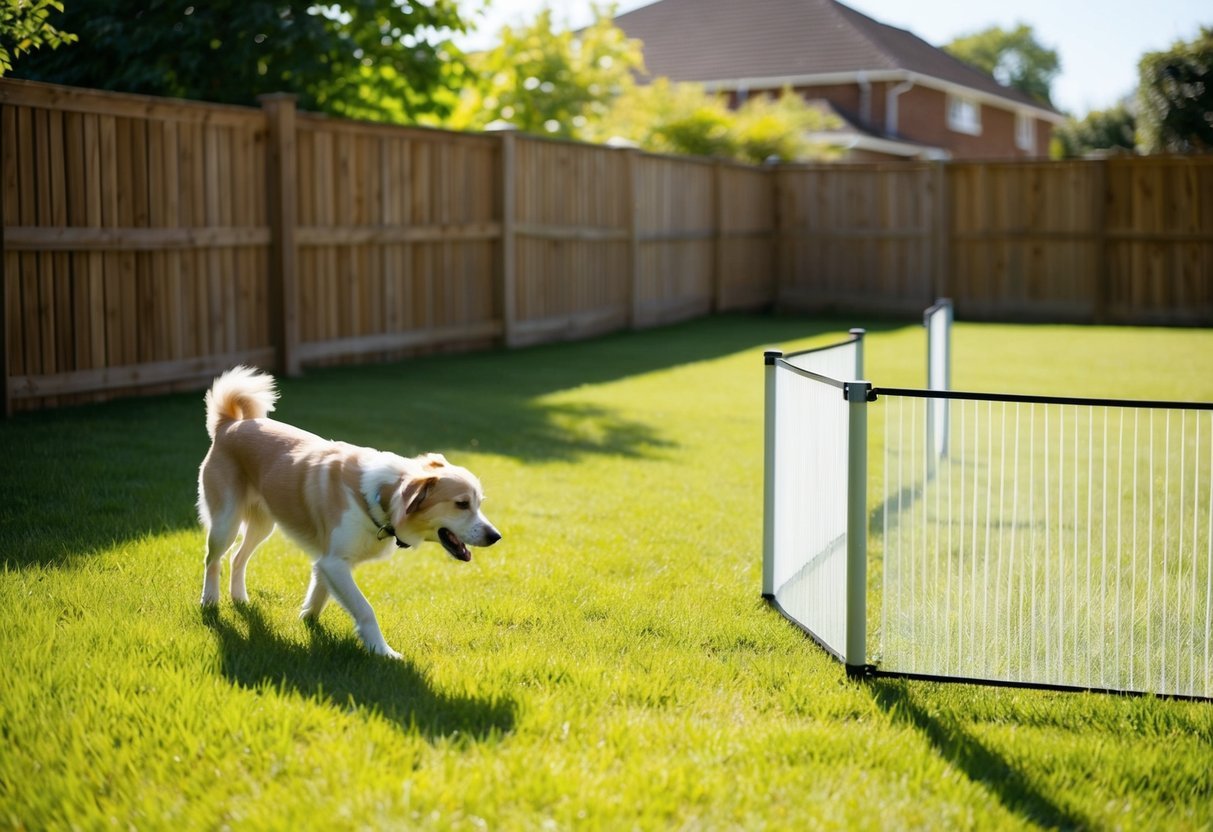
Before installing your invisible fence, it’s crucial to grasp the specific requirements involved.
This ensures that your installation goes smoothly and that your pet stays safe.
Tools and Equipment Needed
To set up your invisible fence, you’ll need a few essential tools.
Here’s what you should gather:
- Wire Spools: The wire is the backbone of your fence. Make sure it’s rated for underground use.
- Transmitter: This sends signals through the buried wire.
- Collars: Get a collar designed for the fence system, which will emit a warning sound or shock if your pet gets too close to the boundary.
- Flag Markers: These help visualize the boundary you’re creating.
- Shovel or Trenching Tool: For burying the wire.
- Utility Knife: To cut the wire to the desired lengths.
Having these on hand will help keep the installation process worry-free.
Checking Your Property for Compatibility
Before digging, evaluate your yard to ensure it’s suitable for an invisible fence.
- Property Layout: Identify potential obstacles like trees, bushes, or large rocks. These could interfere with the signals.
- Property Lines: Make sure you’re not placing the fence too close to your neighbors’ boundaries. Check local regulations, as some areas have restrictions on fence installations.
- Environmental Factors: Consider how water, hills, or fences might affect the signal. Test the signal strength in various areas before you start burying the wire.
By carefully checking these aspects, you’ll ensure a better operating invisible fence system.
Frequently Asked Questions
Installing an invisible fence comes with questions many pet owners have.
Here, you’ll find specific answers to help you with installation and ensure that your pet stays safe and secure.
How do I install an invisible fence across my driveway?
To install an invisible fence across your driveway, you can place the wire in a shallow trench.
Be sure to use a wire connector to join two sections of wire.
Alternatively, consider using conduit or protective tubing to safeguard the wire from car traffic.
Can you recommend a good DIY invisible fencing option?
A popular DIY option is the PetSafe Basic In-Ground Pet Fence.
It includes everything needed for installation, including wire, a transmitter, and a collar.
It’s a cost-effective choice that many owners have successfully used.
Does the wire for an invisible fence need to form a complete loop?
Yes, for most systems, the wire must form a complete loop.
This creates a consistent signal for your pet’s collar.
If there are breaks in the loop, it can lead to gaps in coverage.
What’s the best way to prevent signal interference with my invisible fence?
To prevent signal interference, keep the fence wire away from metal objects and other electronic devices.
Avoid placing the wire near large trees or buildings that could block the signal.
This helps maintain a strong connection.
How deep should I bury the wire for my invisible fence?
Typically, bury the wire about 1 to 3 inches deep.
This depth is sufficient to protect the wire from being damaged while still allowing the signal to reach your pet’s collar effectively.
What’s the typical cost to install an underground dog fence?
The cost to install an underground dog fence can range from $1,000 to $3,000.
This depends on the size of your yard and the system you choose.
DIY options may lower costs significantly, leaving you with the flexibility to fit your budget.

